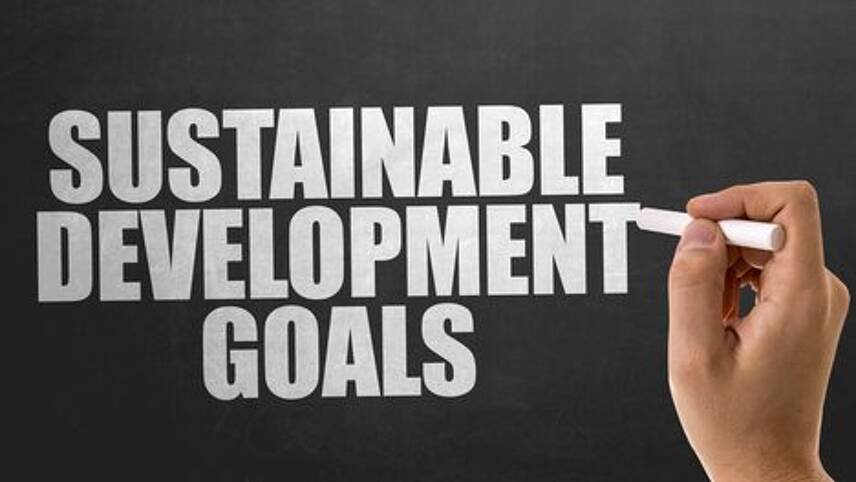Register for free and continue reading
Join our growing army of changemakers and get unlimited access to our premium content

The Business and Sustainable Development Commission’s excellent Better Business Better World report does a great job of giving the big picture, estimating the annual business opportunity of a concerted effort to meet the Goals at $12 Trillion. In other words they will be a key driver of economic growth. The report, by the way, talks to business leaders and is a great resource for getting this on the Board agenda – crucial if a business wants to do anything meaningful around the Global Goals.
Or to quote Unilever’s Paul Polman: ‘The Sustainable Development Goals are the fundamental cornerstone to secure future economic and business growth…it is not possible to have a strong, functioning business in a world of increasing inequality, poverty and climate change.’
Using the SDGs to enhance strategy and drive action
But away from the big picture, we also heard how companies are using the SDGs to enhance existing strategies, strengthen commitments and drive partnerships. This is because they provide a common language and put sustainability issues in a broader – national and global – context. A set of guiding principles if you like. By introducing concepts such as inclusive growth and planetary boundaries to tackle issues such as inequality, unfairness and environmental degradation, it helps companies to think beyond their own operations. Indeed, we must move quickly towards companies adopting more context-based approaches to sustainability and better understanding contributions, outcomes, thresholds and allocations – and the SDGs represent an accessible route into this way of thinking.
This in turn is helping companies to reframe conversations internally and get the agenda, or at least certain issues, back on the table. We discussed variously how the SDGs can be used to educate and inspire employees on sustainability and generate ideas for how a business could address relevant areas – or how, as a recognised and globally agreed framework, they are being used to engage senior leaders around issues of material importance to the business. And how this is helping to galvanise and drive action at all levels in the organisation.
Better risk and opportunity management
At the same time, the framework can be used to better understand business risks and opportunities. We discussed how the breadth and flexibility of the framework – on the one hand seen as a strength which makes them more easily adaptable and communicable, on the other a challenge as it can leave companies wondering where to start – makes it important that there is some rigour in the analysis used to identify priority areas within the framework. This should be deeply-rooted in the context of business operations, supply chain and the strategy for business growth.
Here, national considerations are an important and valuable guide, with many governments (the UK, sadly, is a notable exception at this point) having set out sustainable development priorities under the framework. Companies are benefitting from using the SDGs to better understand risks in global supply chains and tuning into national strategies within markets of operation or interest to better understand commercial opportunity. This has the added benefits of increasing license to operate and staying ahead of any future regulatory changes designed to meet SDG priorities.
Looking beneath the Goals
It’s notable how many companies appear to be engaging with the SDGs at the goal level only. According to PwC’s SDG Reporting Challenge 2017 report, which analysed the corporate and sustainability reporting of 470 companies around the world, 62% of companies now discuss the SDGs, yet only 37% have prioritised individual SDGs, and only 28% have assessed set quantitative targets and linked these to their societal impact for at least one KPI.
This is worrying as it’s also striking just how much more relevant and translatable to business the SDGs become when you delve into the 169 targets and 232 indicators that lie beneath and relating these to the actions a business, partnership, coalition or sector could take and measure progress against. This is a must for any business wishing to engage in a meaningful way.
I recently heard the SDGs described as the closest thing the world has to a strategy – which is so very true. Each and every business has a lot to contribute to and gain from the SDGs – we all do – so let’s not hang about.



Please login or Register to leave a comment.